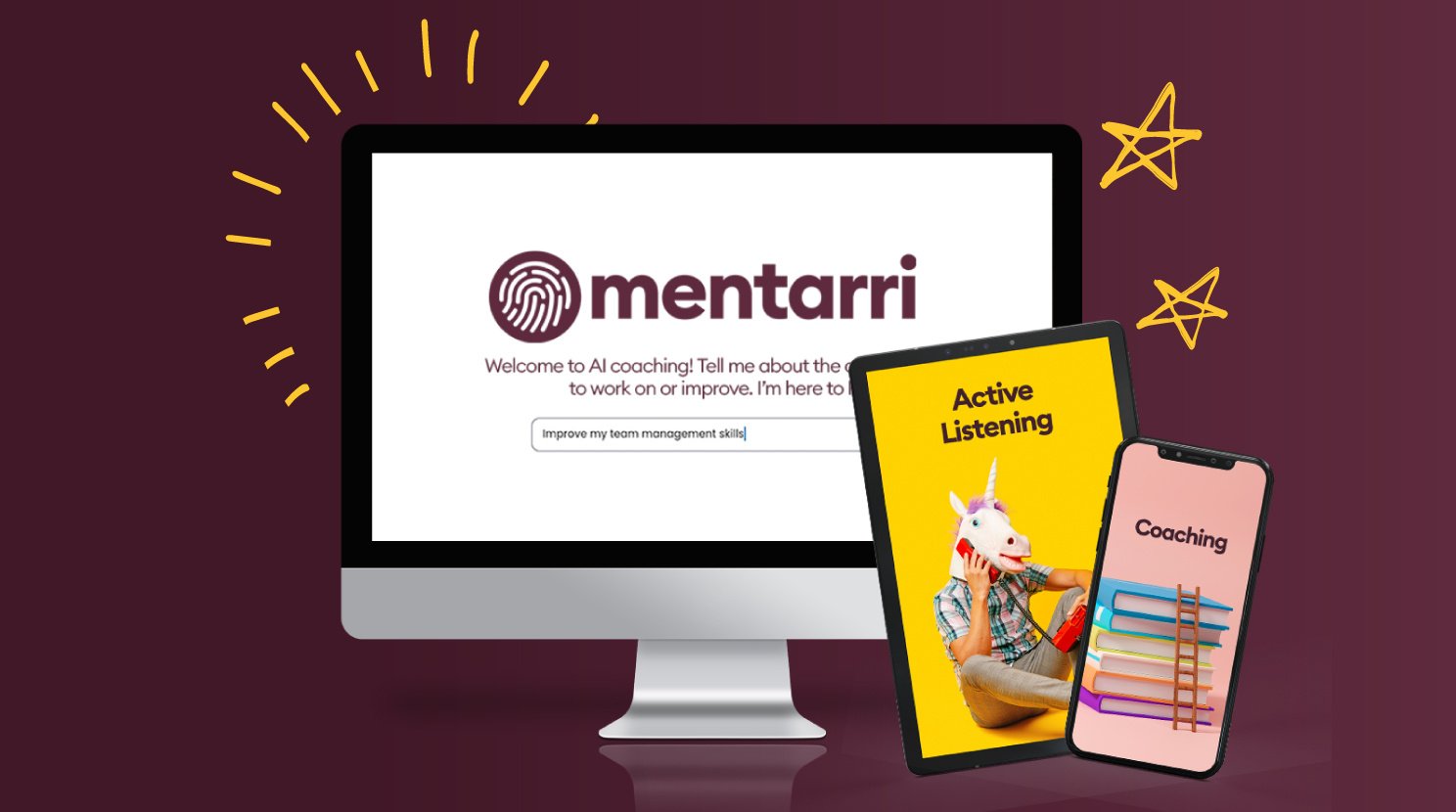I was badly bullied at secondary school and what little confidence I had dripped away over four years. I told only my English teacher and head of year – and attribute his support to keeping me alive. Even so, I developed an eating disorder; it gave me the control I didn’t have in the rest of my life.
Studying kept my mind off things and I left school with good qualifications, but zero self-esteem and a great deal of self-stigma. I couldn’t face going to university and after a couple of years at a secretarial college, got my first full-time role at a London solicitors. Ironically, bullying was rife and a mentally healthy work environment was not a priority.
When I look back on those times, it lights a fire in my belly to ensure no one else feels that alone or isolated and to help create a generation that reaches its full potential.
Prioritising wellbeing
Today, one in 10 young people under the age of 16 will experience a mental health problem such as anxiety, depression or conduct disorder; that’s three in an average classroom; of those, 90% will experience discrimination.
In a survey Time to Change conducted with young people, of those who had experienced a mental health problem:
more than half said it prevented them hanging out with friends
more than a third said it stopped them going to school
more than a quarter that it made them give up on life
Meanwhile, 50% told us that fear of a negative reaction put them off applying for a job, and 30% said it prevented them taking up a place at university or college.
From our work, we know that as well as identifying pupils with specific mental health needs, it’s vital to create an environment where students can talk openly about mental health without fear of judgement. If students feel their emotional wellbeing is being prioritised, they are better able to engage in learning and reach their potential.
If students feel their emotional wellbeing is being prioritised, they are better able to engage in learning and reach their potential.
Whole-school approach
Schools with senior leadership buy-in create a more sustainable model for promoting an open culture around mental health. It’s also important to take a whole school approach: from student leaders driving activities, through to headteachers who feel it is an essential part of school life, not a ‘nice to have’.
Everyone has a part to play in breaking down stigma. By opening up the conversation, schools won’t be ‘opening a can of worms’ but helping to facilitate a shift in culture to the benefit of staff and students alike.
Simple acts of friendship
Our work includes supporting a cohort of young people willing to use their personal experience to challenge stigma and discrimination. They are at a point in their recovery where they feel inspired “to make the change they want to see in the world”.
Young people say that they’ve faced stigma from friends, family and teachers.
One of our young champions told me that her classmates took her anti-depressants from her bag and read out the side effects. They laughed at her, saying she couldn’t be depressed because she’s so bubbly. It’s these kinds of attitudes we’re aiming to tackle in November’s ‘In Your Corner’ schools campaign.
We want to show young people how being a good mate can make all the difference. We’re not asking them to be mental health experts, just to be themselves and do everyday things like meeting up at the school gates or texting in the evening. These simple acts of friendship could change someone’s life.
An emotionally literate future workforce
To date, more than half of secondary schools in England have delivered Time to Change activities. Our work supports this current generation to be more open about mental health than any previously.
Looking ahead, young adults who are more aware of mental health now will be better able to support their future colleagues to be more open: emotionally literate people make intuitively good leaders who are able to create a culture where people feel valued and able to bring their whole selves to work.
















